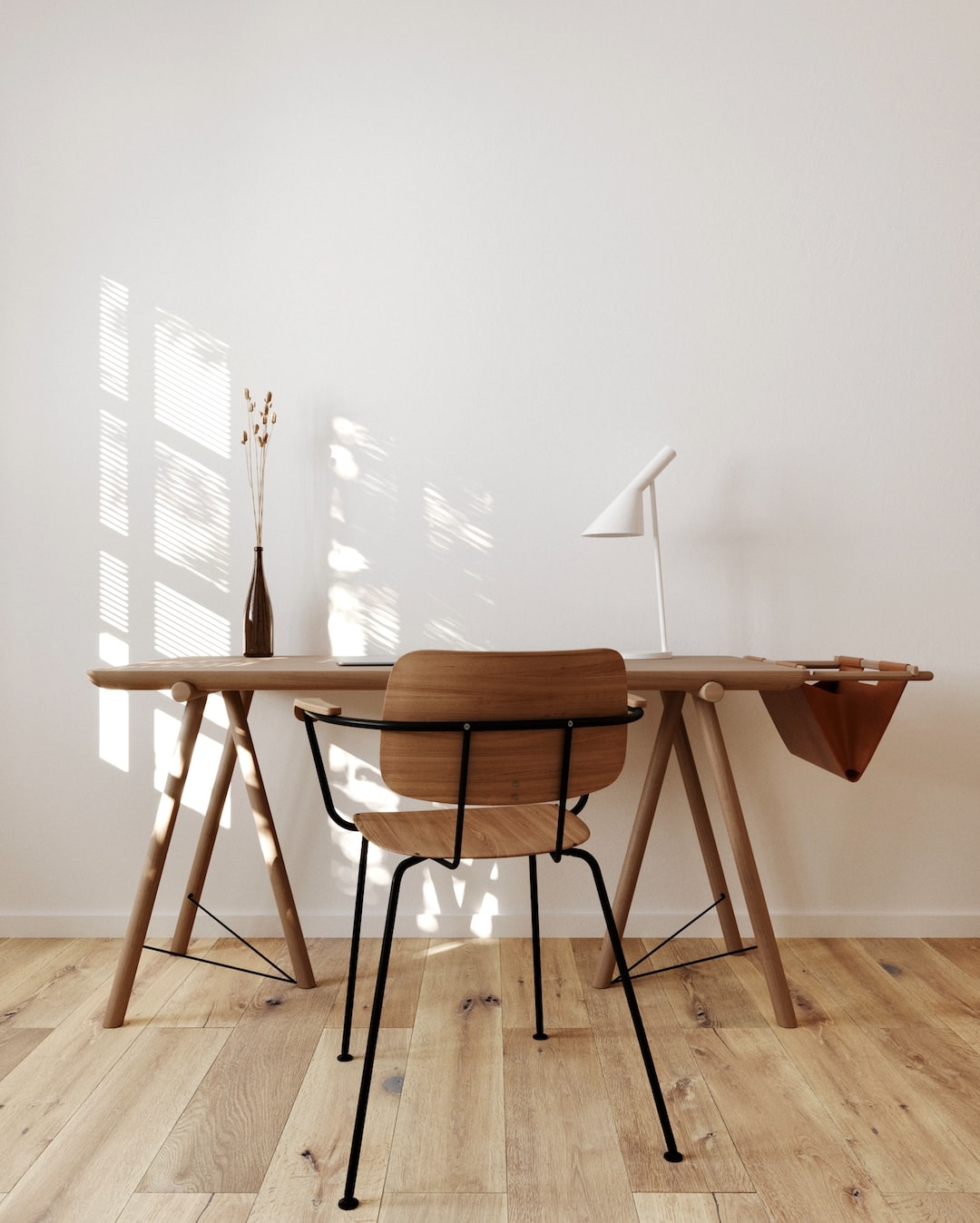The Psychology of Shapes in Design
When it comes to design, we often attribute emotions and meaning to colors, typography, and images. However, one aspect that is often overlooked is the psychology of shapes. Shapes play a significant role in the way we perceive and respond to visual stimuli. Whether consciously or subconsciously, shapes evoke certain emotions and can convey specific messages. In this article, we will explore the psychology of shapes in design and understand how they influence our perception.
1. Circles:
Circles are universally known for their association with unity, harmony, and connection. They are often perceived as friendly, warm, and inviting. Circle shapes can convey a sense of completeness and balance, making them ideal for representing community, friendship, and togetherness. For example, many tech companies use circular logos to portray a sense of trust and inclusiveness.
2. Squares and Rectangles:
Squares and rectangles are popular shapes in design due to their stability, reliability, and practicality. These shapes evoke a feeling of structure, order, and security. Their straight lines and defined edges represent professionalism, efficiency, and logic. Square and rectangular shapes are often used in architecture, finance, and law-related industries to convey stability and trustworthiness.
3. Triangles:
Triangles are versatile shapes that can convey a wide range of emotions depending on their orientation. An upward-facing triangle represents strength, upward growth, and stability. It is often used to depict power, ambition, and authority. On the other hand, a downward-facing triangle signifies stability, balance, and femininity. Triangles are commonly used in the automotive and sports industries to represent speed, energy, and movement.
4. Curved Lines:
Curved lines are synonymous with creativity, freedom, and fluidity. They evoke a sense of motion and organic movement. These shapes are often associated with beauty, grace, and elegance. Curved lines are commonly used in fashion, interior design, and art-related industries to convey a sense of style and sophistication.
5. Angled Lines:
Angled lines, such as zigzags and jagged lines, are associated with energy, excitement, and action. They can evoke feelings of tension, chaos, and dynamism. Angled lines are often used in logo designs for sports, gaming, and adventure-related brands to convey a sense of movement and thrill.
6. Organic Shapes:
Organic shapes, inspired by nature, are flowing, irregular, and asymmetrical. These shapes are often associated with authenticity, comfort, and relaxation. They provide a sense of tranquility and serenity. Organic shapes are commonly used in wellness, spa, and beauty industries to promote a calm and natural environment.
Understanding the psychology behind shapes is crucial for designers as they can effectively leverage them to influence consumer behavior and create impactful visual experiences. By incorporating certain shapes in their designs, designers can tap into the emotional connection that shapes inherently evoke.
It is important to note that the interpretation of shapes can vary across cultures and may not always have the intended effect. However, by carefully considering the target audience and the context in which the design will be used, designers can tailor their choices to resonate with their intended viewers.
In conclusion, shapes are more than just visual elements in design. They possess innate meanings and evoke emotions that can greatly impact the way we perceive and respond to design. By understanding the psychology of shapes, designers can harness their power to create visually compelling and emotionally resonating designs. So, the next time you embark on a design project, consider the profound impact that shapes can have on your audience.

